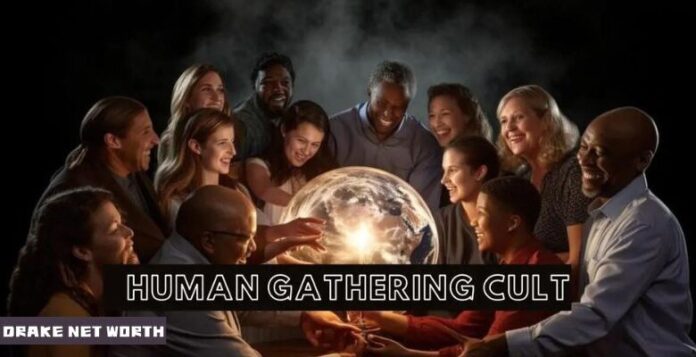In the realm of human behavior, the phenomenon of cults has long captured the imagination and concern of society. While much attention has been directed towards religious or ideological cults, another type – the human gathering cult – has been quietly shaping interpersonal dynamics in various communities. These gatherings often start innocuously, as informal social circles or self-help groups, but can evolve into something more complex and potentially harmful. This article delves into the nature of human gathering cults, examining their dynamics, motivations, and the blurred lines between healthy community and coercive control.
Understanding Human Gathering Cults
Human gathering cults typically revolve around a charismatic leader or a dominant personality within the group. These leaders possess strong interpersonal skills, often able to inspire, manipulate, or exert influence over others. The initial attraction for members is often the sense of belonging, camaraderie, and shared purpose offered by the group. Many join seeking friendship, support, or personal growth opportunities.
Dynamics and Characteristics
One distinguishing feature of human gathering cults is the gradual tightening of social bonds and the reinforcement of group identity. Members may find themselves increasingly reliant on the group for emotional support, social validation, and even their sense of self-worth. Group activities, rituals, and language may become central to their daily lives, further solidifying their allegiance to the collective.
Another characteristic is the presence of a rigid hierarchy, where the leader or core members hold significant power and control. Dissent or questioning of authority is often discouraged, and members may face ostracism or punishment for disobedience. This power dynamic can create a climate of fear and dependency, where individuals feel compelled to comply with the group’s demands.
Motivations and Appeals
Human gathering cults often appeal to individuals seeking meaning, purpose, or a sense of community. The promise of personal transformation, spiritual enlightenment, or exclusive knowledge can be alluring, drawing people into the fold. Additionally, the sense of belonging and acceptance offered by the group can be particularly attractive to those who feel marginalized or disconnected from mainstream society.
The Thin Line Between Unity and Manipulation
At its core, the distinction between a healthy community and a cult lies in the presence of coercive control and exploitation. While many human gathering cults may start with benevolent intentions, they can easily spiral into environments where manipulation, abuse, and exploitation thrive. Leaders may exploit their followers for financial gain, sexual gratification, or to fulfill their own narcissistic desires.
Recognizing the Signs
Identifying a human gathering cult can be challenging, as they often masquerade as harmless social groups or self-help organizations. However, there are several red flags to watch for, including:
- Charismatic Leadership: Leaders who exude charisma and claim special insights or powers.
- Isolation: Group members becoming increasingly isolated from friends, family, or outside influences.
- Control Tactics: Use of manipulation, guilt, or fear to maintain control over members.
- Financial Exploitation: Pressure to donate money or assets to the group, often under the guise of spiritual advancement.
- Secrecy: Concealment of group activities or teachings from outsiders.
Conclusion
the human gathering cult represent a complex and often misunderstood aspect of human behavior. While they may provide a sense of belonging and purpose to some, they can also exert a destructive influence on the lives of their members. By understanding the dynamics and characteristics of these groups, individuals can better recognize the warning signs and protect themselves and their loved ones from potential harm. It is essential to foster critical thinking, autonomy, and resilience within communities to guard against the allure of manipulation and coercion.

